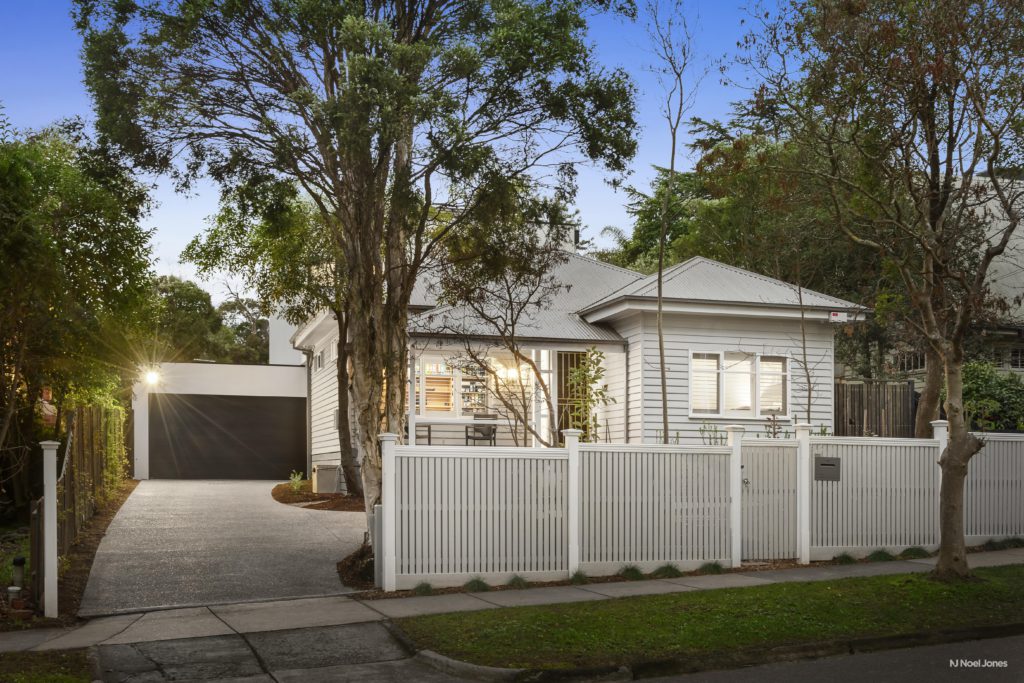We have now farewelled one of the strongest Autumns on record, witnessing growth of 5.5 percent in our state’s capital across the months March-May, with sequential increases of 2.4, 1.3 and 1.8 percent respectively; regional Victoria hot on the heels of the big smoke in May, recording a 1.7 percent increase.
Melbourne has again shown its resilience, with another lockdown necessitating changes to industry operations, including auction conditions on the final weekend of the month. Auction clearance rates remained strong throughout May, hovering around the mid-80s for much of the month, however, they peaked on May 29th at 93 percent, indicating that buyers were not deterred by a move to online auctions. Noel Jones performed above the result reported by the REIV, with an unblemished 100% clearance rate for the day, making it 4 out of 5 Saturdays in May that they exceeded the reported average. The success of the day may have been further driven by the uncertainty around the length of the lockdown, and fear of missing out, with no guarantees of when the next opportunity to purchase, or a replenishment of stock may occur.
Earlier this month, the Herald Sun reported a ‘Days on Market’ figure of 28-days in Melbourne and listed the 10 suburbs with the lowest averages, selling between 11 and 14 days. Of these, 8 of the 10 were in Melbourne’s outer east. They included Croydon South, Upper Ferntree Gully and a number of destinations either in, or at the foothills of the Dandenong Ranges showing continued faith in the infrastructure offered in the eastern corridor. The choice of suburbs may also be a reflection of people’s flexibility in working conditions since March 2020, with proximity to the CBD becoming less of a need for many.
So, what are other factors that continue to drive these results, and do we expect them to continue?
Improving economic conditions continue to propel the Australian housing market and fuel property demand. So far, we have seen the reduction of monetary support from the Federal government have very little impact on either housing growth or demand across the country, potentially due to a strong recovery in the labour market which is balancing the removal of Job Keeper and other schemes. Interest rates have also remained low with no rise in site. In saying this, however, the Reserve Bank has indicated that they’ll be watching very closely for any signs of a decline in credit standards; if they witness this, lending rules may be tightened.
Low advertised supply levels continue to be a factor in the prices being achieved, and although the number of new listings has been picking up in recent months – in fact, CoreLogic has reported that they’re tracking at 15% above the 5-year average – supply is still not keeping up with demand, and this is contributing to the urgency that continues to be seen amongst buyers, further contributing to the upward pressure on housing prices. Sales activity which has also increased, with figures in the 3 months to May indicating an upsurge of 37% against the 5-year average.
The sales to listing ratio remains at around 1.1, meaning that for every 1 property listed, 1.1 properties are being sold; this will continue to be welcomed by those who have older listings, as once the new listings have sold, motivated buyers will revisit older stock holdings, as will new buyers or investors entering the market. Properties are being snapped up swiftly and while conditions like this provide a favourable landscape for sellers, it means buyers have very little power to negotiate.
A number of industry experts including Anne Flaherty from realestate.com.au and Tim Lawless from CoreLogic have suggested that they expect price rises to continue across winter, however, at a pace slightly slower than what we have seen.
Our Noel Jones agents will be following market trends closely, and as always, are ready and waiting to assist you with any property related matters.





